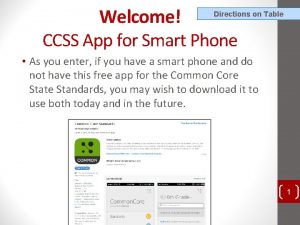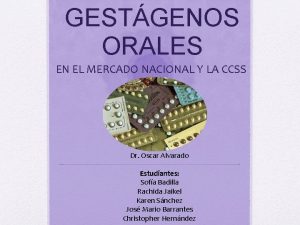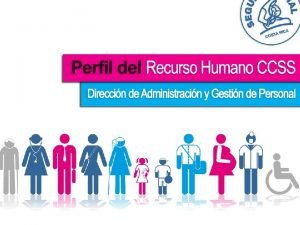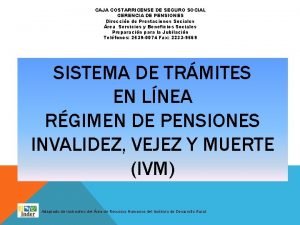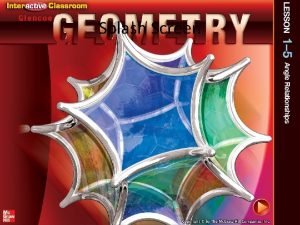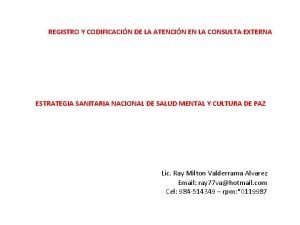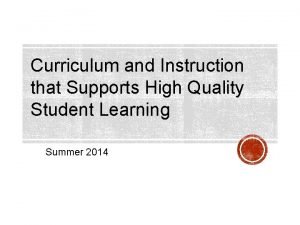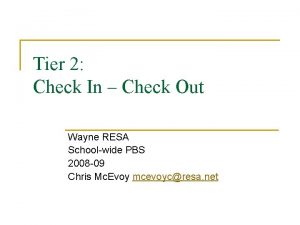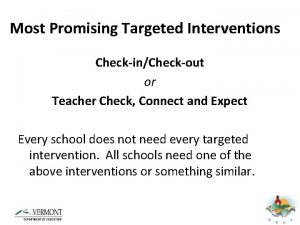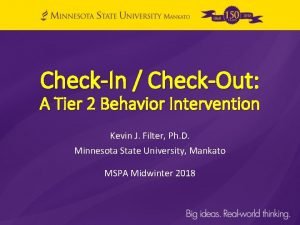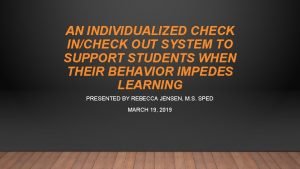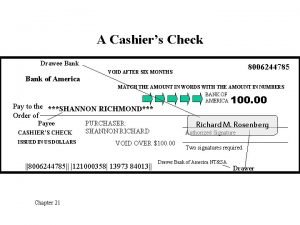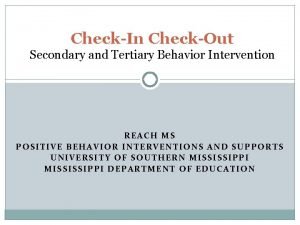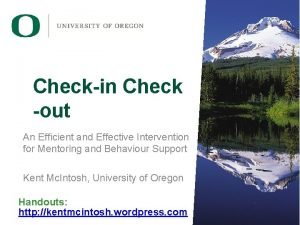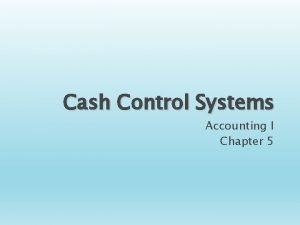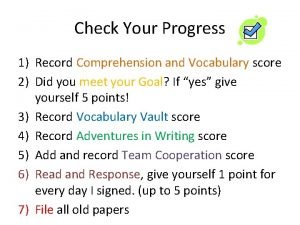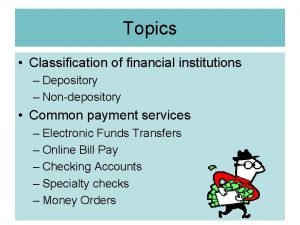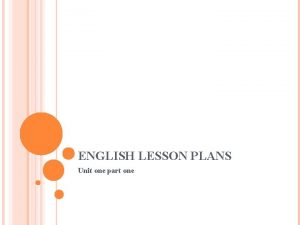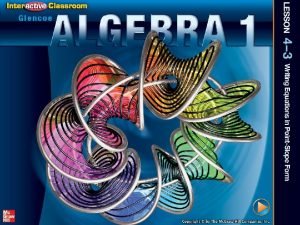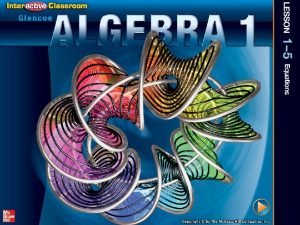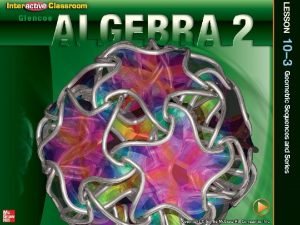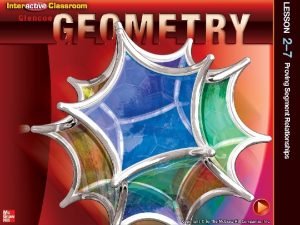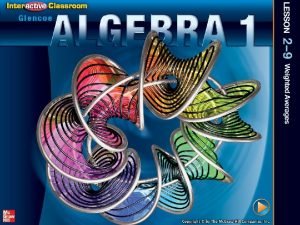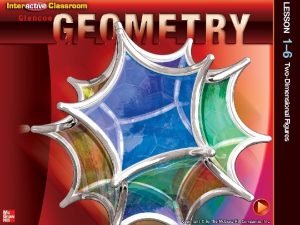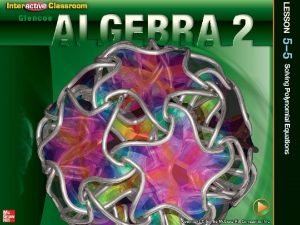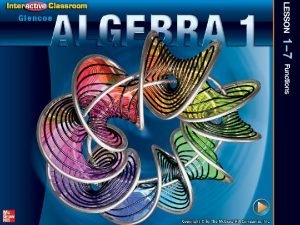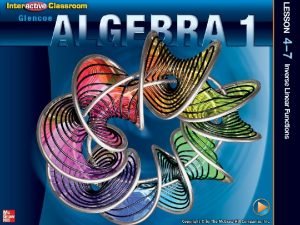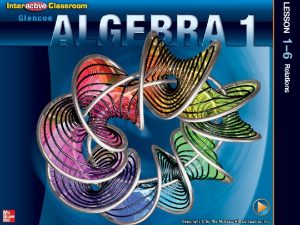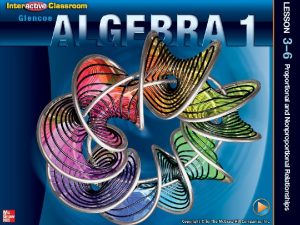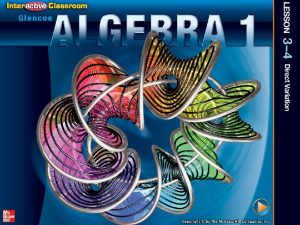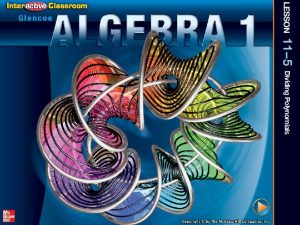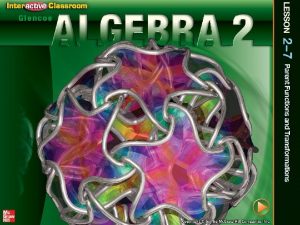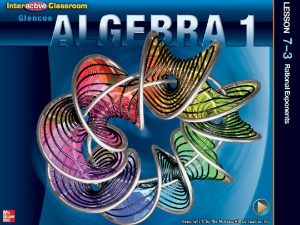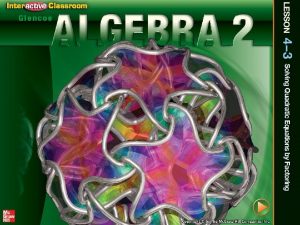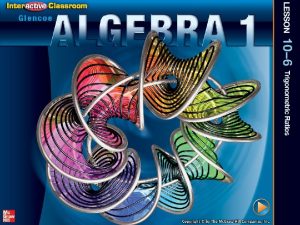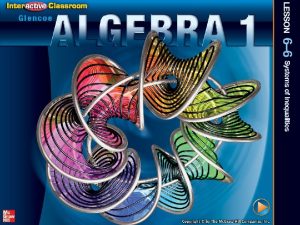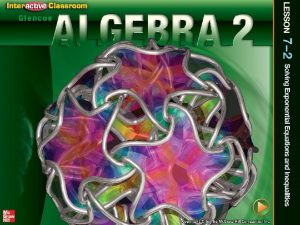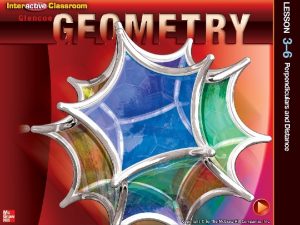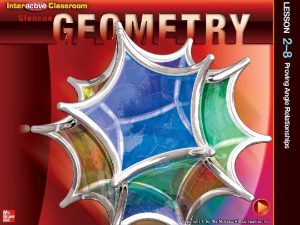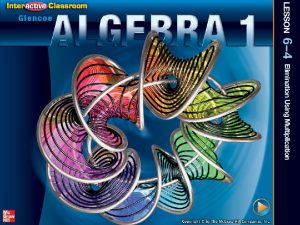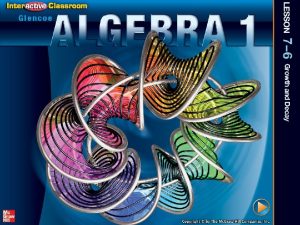FiveMinute Check over Lesson 13 2 CCSS ThenNow
























- Slides: 24


Five-Minute Check (over Lesson 13– 2) CCSS Then/Now New Vocabulary Key Concept: Length Probability Ratio Example 1: Use Lengths to Find Geometric Probability Example 2: Real-World Example: Model Real-World Probabilities Key Concept: Area Probability Ratio Example 3: Real-World Example: Use Area to Find Geometric Probability Example 4: Use Angle Measures to Find Geometric Probability

Over Lesson 13– 2 From the 15 members of the prom committee, two will be chosen as chairman and treasurer. What is the probability that Julia and her friend Marco will be randomly selected as chairman and treasurer in that order? A. C. B. D.

Over Lesson 13– 2 A gym class is separated into teams of 8 students. Each team then randomly assigns the positions of captain and scorekeeper. What is the probability that Tina and Frank are selected for either position on their team? A. C. B. D.

Over Lesson 13– 2 Rico is choosing a password for his bank account from the letters of his last name: H-E-R-R-E-R-A. If he selects from the letters at random, what is the probability that the password will be his last name (Herrera)? A. C. B. D.

Over Lesson 13– 2 Mrs. Henderson is choosing groups of 3 students from her math class of 24 students. If the groups are randomly chosen, what is the probability that Jacob, Terrence, and Todd are in a group? A. C. B. D.

Content Standards S. MD. 7 (+) Analyze decisions and strategies using probability concepts (e. g. , product testing, medical testing, pulling a hockey goalie at the end of a game). Mathematical Practices 1 Make sense of problems and persevere in solving them. 2 Reason abstractly and quantitatively.

You found probabilities of simple events. • Find probabilities by using length. • Find probabilities by using area.

• geometric probability


Use Lengths to Find Geometric Probability Point Z is chosen at random on AD. Find the probability that Z is on AB. Length probability ratio Substitution Answer: The probability that Z is on AB is , approximately 0. 18, or approximately 18%.

Point R is chosen at random on LO. Find the probability that R is on MN. A. B. C. D.

Model Real-World Probabilities ORBITS Halley’s Comet orbits the earth every 76 years. What is the probability that Halley’s Comet will complete an orbit within the next decade? We can use a number line to model this situation. Since the comet orbits every 76 years, it will orbit again in 76 years or less. On the number line below, the event of an orbit in the next 10 years is modeled by EF.

Model Real-World Probabilities Find the probability of this event. Length probability ratio EF = 10 and EG = 76 Simplify. Answer: , approximately 0. 13, or approximately 13%

SUBWAY You are in the underground station waiting for the next subway car, and are unsure how long ago the last one left. You do know that the subway comes every sixteen minutes. What is the probability that you will get picked up in the next 12 minutes? A. B. C. D.


Use Area to Find Geometric Probability DARTS The targets of a dartboard are formed by 3 concentric circles. If the diameter of the center circle is 4 inches and the circles are spread 3 inches apart, what is the probability that a player will throw a dart into the center circle? You need to find the ratio of the area of the center circle to the area of the entire dartboard. The radius of the center circle is 4 ÷ 2 or 2 inches, while the radius of the dartboard is 2 + 3 or 8 inches.

Use Area to Find Geometric Probability Area probability ratio A = πr 2 Simplify. Answer: The probability that the dart hits in the center circle is or about 6%.

RING TOSS If at a carnival, you toss a ring and it lands in the red circle shown below, then you win a prize. The diameter of the circle is 4 feet. If the dimensions of the blue table are 8 feet by 5 feet, what is the probability if the ring is thrown at random that you will win a prize? A. about 31% B. about 33% C. about 35% D. about 37%

Use Angle Measures to Find Geometric Probability A. Use the spinner to find P(pointer landing on section 3). The angle measure of section 3 is 122°. P(pointer landing on section 3) = Answer: The probability of landing on section 3 is approximately 34%.

Use Angle Measures to Find Geometric Probability B. Use the spinner to find P(pointer landing on section 1). The angle measure of section 1 is 26°. P(pointer landing on section 1) = Answer: The probability of landing on section 1 is approximately 7%.

A. Use the spinner to find P(pointer landing on section C). A. about 17% B. about 16% C. about 18% D. about 27%

B. Use the spinner to find P(pointer landing on section E). A. about 24% B. about 26% C. about 27% D. about 38%

 Ccss app
Ccss app Norgylen ccss
Norgylen ccss Ccss
Ccss Gerencia de pensiones ccss
Gerencia de pensiones ccss Ccss splash
Ccss splash Test de tamizaje para adolescentes de la ccss
Test de tamizaje para adolescentes de la ccss Ccss jpams
Ccss jpams Behavior check in check out sheet
Behavior check in check out sheet Behavior check in check out sheet
Behavior check in check out sheet Check in check out behavior intervention
Check in check out behavior intervention Check in check out system for students
Check in check out system for students Cashier check
Cashier check Dda line drawing algorithm
Dda line drawing algorithm Check in check out pbis
Check in check out pbis Check in check out intervention
Check in check out intervention Quickchek menu
Quickchek menu How to endorse a check to someone else
How to endorse a check to someone else Check your progress 1
Check your progress 1 Non depository institutions
Non depository institutions Over the mountains over the plains
Over the mountains over the plains Siach reciting the word over and over
Siach reciting the word over and over Explain how to handing over and taking over the watch
Explain how to handing over and taking over the watch Check past form
Check past form Check the old lesson
Check the old lesson Module eleven lesson one self check quiz
Module eleven lesson one self check quiz
